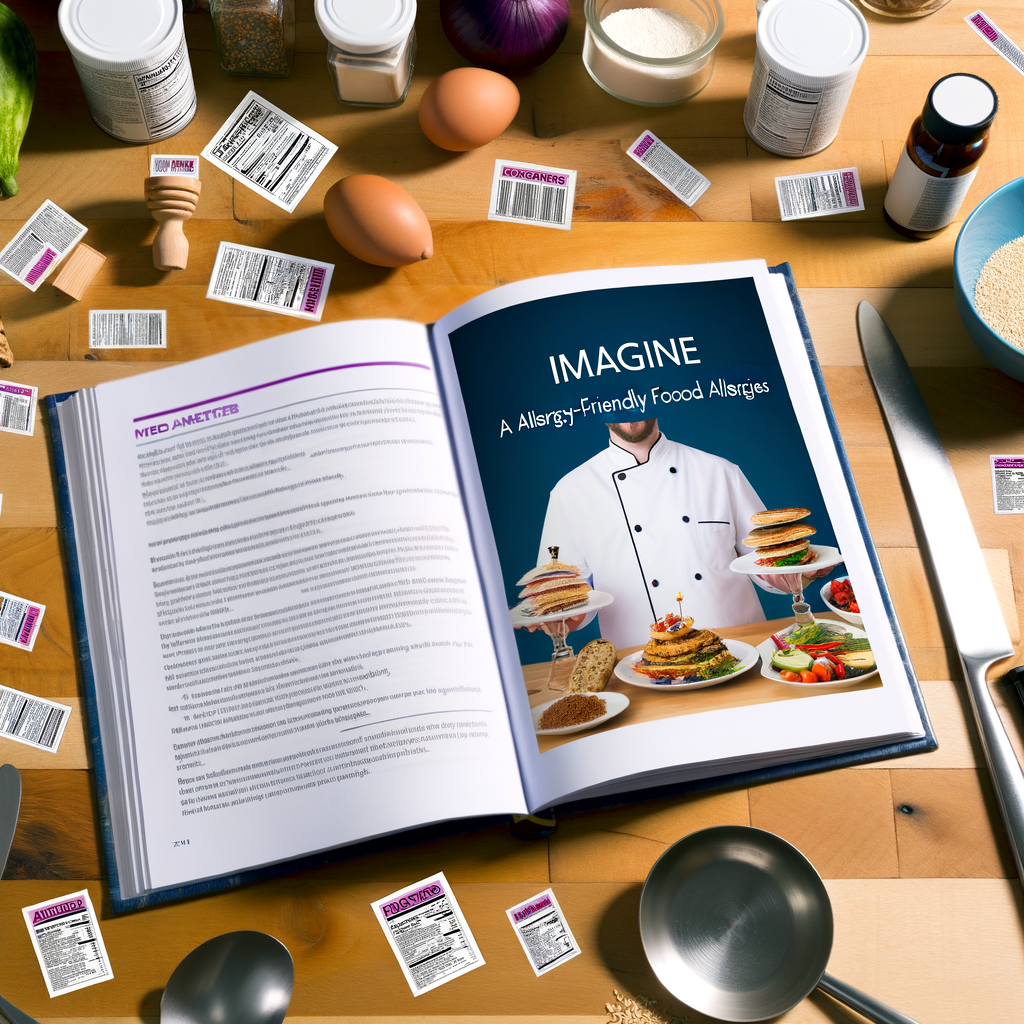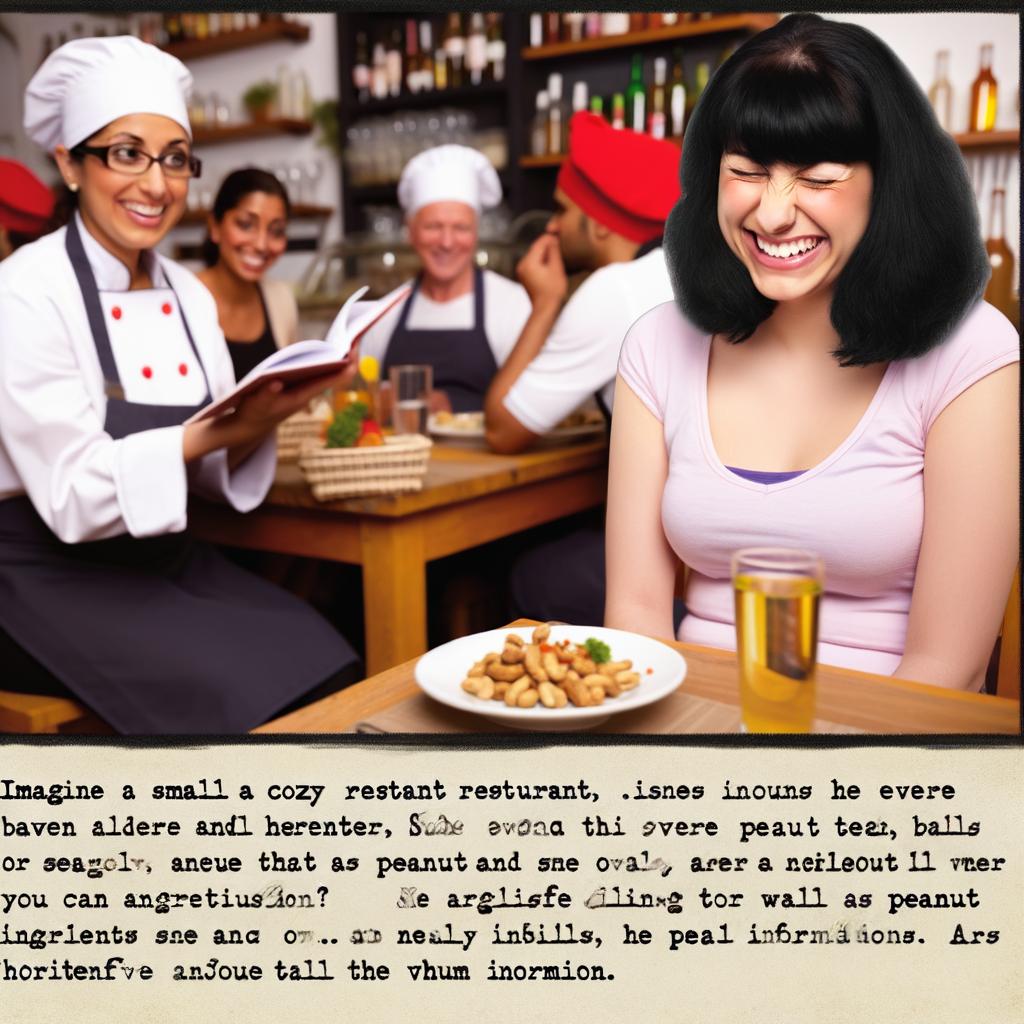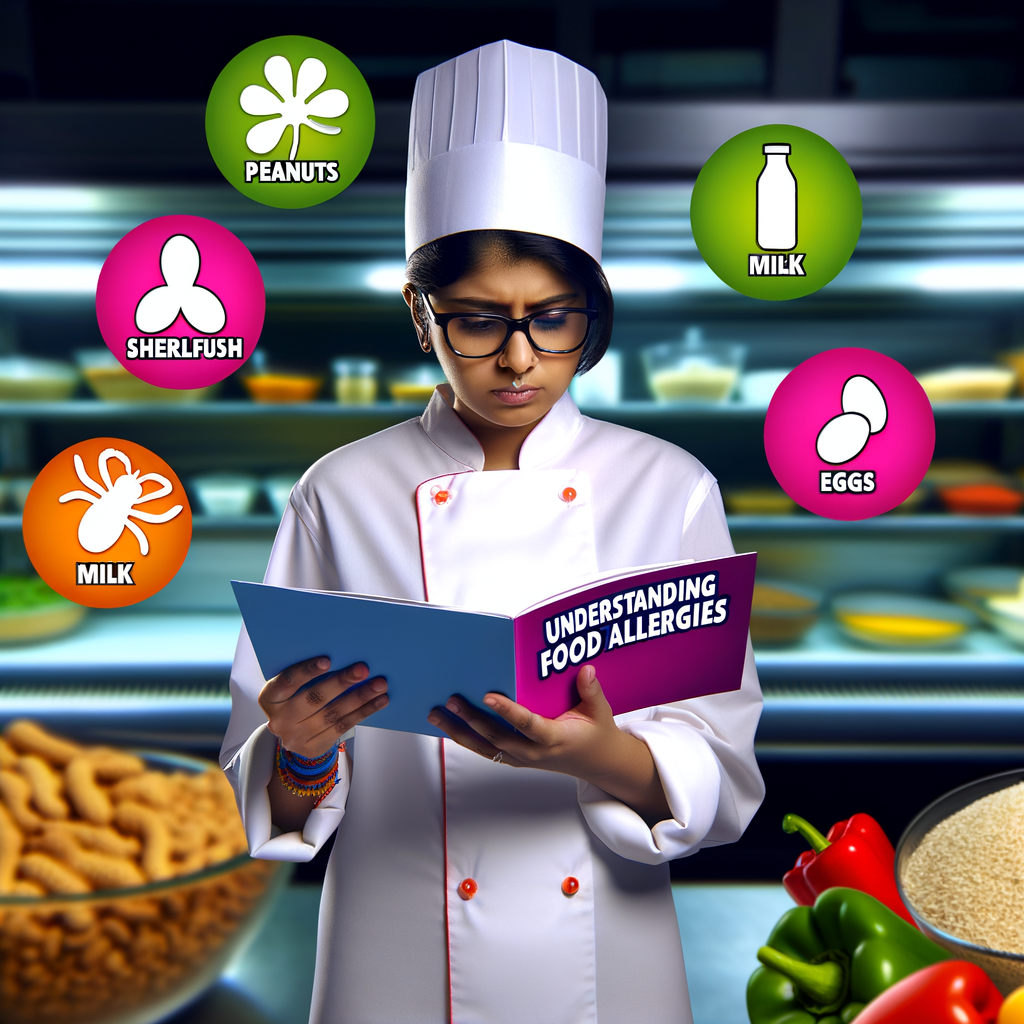Food allergies affect millions of people in America, and the numbers are only growing. As an expert chef, it is important to understand the impact of food allergies and how to accommodate those with allergies in your cooking. One of the most crucial steps in preventing allergic reactions is label reading. By carefully reading food labels, you can ensure the safety and enjoyment of all your customers.
First and foremost, familiarize yourself with the most common allergens. These include milk, eggs, fish, shellfish, tree nuts, peanuts, wheat, and soy. Be sure to check for these ingredients in any dish you are preparing. Keep in mind that even trace amounts of these allergens can cause severe reactions in some individuals.
Next, pay attention to the ingredients list on food labels. Look for any bolded or highlighted allergens, as this is a common method used to alert consumers of potential allergens. Additionally, be aware of any precautionary statements such as “may contain” or “processed on shared equipment with”. These statements indicate the possibility of cross-contamination, which can be just as dangerous as direct allergen exposure.
It is also important to note that food labels can change at any time, so it is crucial to always double check ingredients, even if you have used a product before. Additionally, consider using alternative ingredients or substitutions in your cooking to accommodate those with allergies.
By taking the time to carefully read food labels, you can ensure the safety and enjoyment of all your customers, regardless of their food allergies. As an expert chef, it is your responsibility to provide delicious and safe meals for everyone. Let’s work together to create a more inclusive dining experience for all.





